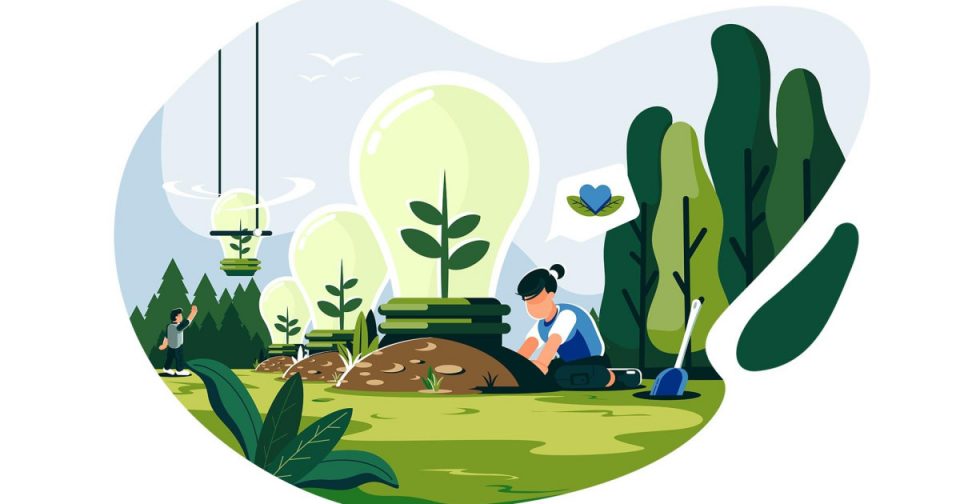It is not uncommon for people to hesitate when they start making a new addition to their home, even more so if it is as expensive as investing in renewable energy. But that is a common misconception. The truth is that renewable energy is now cheaper than coal, as reported by the World Economic Forum this time last year. For instance, the price of solar energy has dropped by 82% since 2010.
Since the government has tax breaks on incorporating renewable energy in residences, and as the US faces blackouts, transitioning to renewable energy as a source of electricity is the logical thing to do. Here are some steps that can help you curb hot summer power outages and maybe even get a treat from Uncle Sam while you are at it.
- Prepare The Investment
Renewable energy may be cheap, but it is still an investment. It will not be free at first, but the money you spend on something like a Tesla powerwall can be the savings for whatever you need or want. Even though installing a solar panel to your system can be expensive, it will allow you to still have that fan and TV on while everyone else is bathing in sweat.
Having power any time you need it will give you the ability to take better advantage of your time instead of being at the mercy of the grid. There are considerable losses made by the national grid. There is no cost-efficient way to make all the energy at a power plant reach your home. Unfortunately, you still get charged for the energy that does not arrive at your power supply. When the power is produced near your home, you’ll be able to maximize the energy produced by that system.
- Scout For Your Needs
Take a look at your monthly consumption in terms of electricity. The company installing your new system will need to know so that they can serve you better. Also, check the area where solar panels can be installed. How big is it? If you are installing solar panels, you will need to know how many you need to meet your energy requirements. You can also prepare your investments accordingly.
- Start at 25%
If the entire electricity consumption cannot be covered by what you have prepared, that is okay. You can start by reducing your bill by 25%. Various sizes can be installed, depending on the energy requirements that you demand. Starting at 25% can help ease some of those hesitations on solar without making the full investment.
- Move Up To 50%
Once you are more comfortable with solar, you can use the savings you made before cutting your bill by 25% to set aside some money to invest in another set of installations that can further reduce your electricity bill. Paying only 50% of what you usually pay for electricity is sure to help you save enough money to prepare for that final step of converting your home to fully powered by renewable energy.
- Work Your Way Up To 100%
Aside from the savings you have made so far, you can also add other funding sources for this project from extra hustles or investments. Or, you can wait until what you saved on your electricity bill adds up to an amount that’s enough to pay for a 100% transition. It shouldn’t take long, considering how much cheaper renewable energy is now.
- Reap The Benefits
Aside from tax breaks and having immunity during brownouts, you will also experience constant savings on the electricity bill. It will be less mail for you, and you will no longer have to deal with electric companies. Even after the installation, you will still receive support from the people who put the panels there.
Entering the world of being off the grid can bring you extra money to spend and peace of mind. You will never have to suffer through scorching summer days without electricity. In less than a few years, you will be able to pay yourself back for the investments you have made. There are many ways you can spend that money otherwise. Maybe even an electric car that you can charge for free! Think of all the gas money you’ll save.
It is more than about being good for the earth. Eventually, it becomes a new lifestyle that frees up cash to improve your quality of life. Going green is a bonus.

